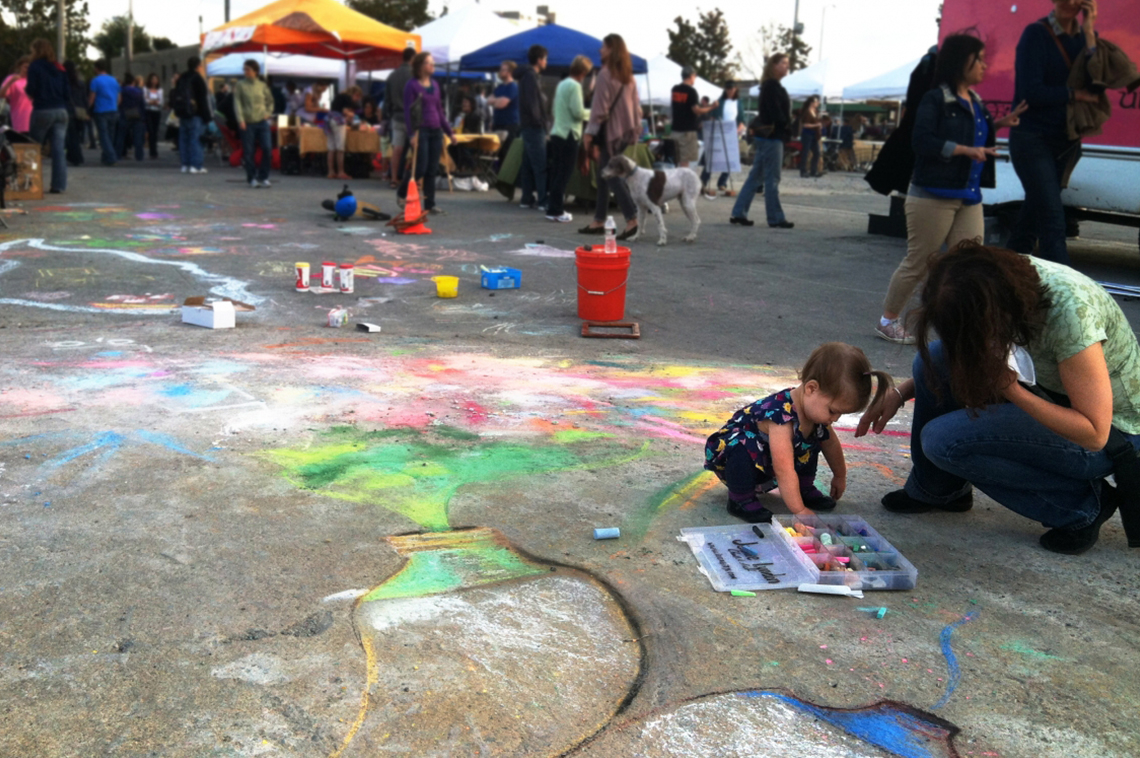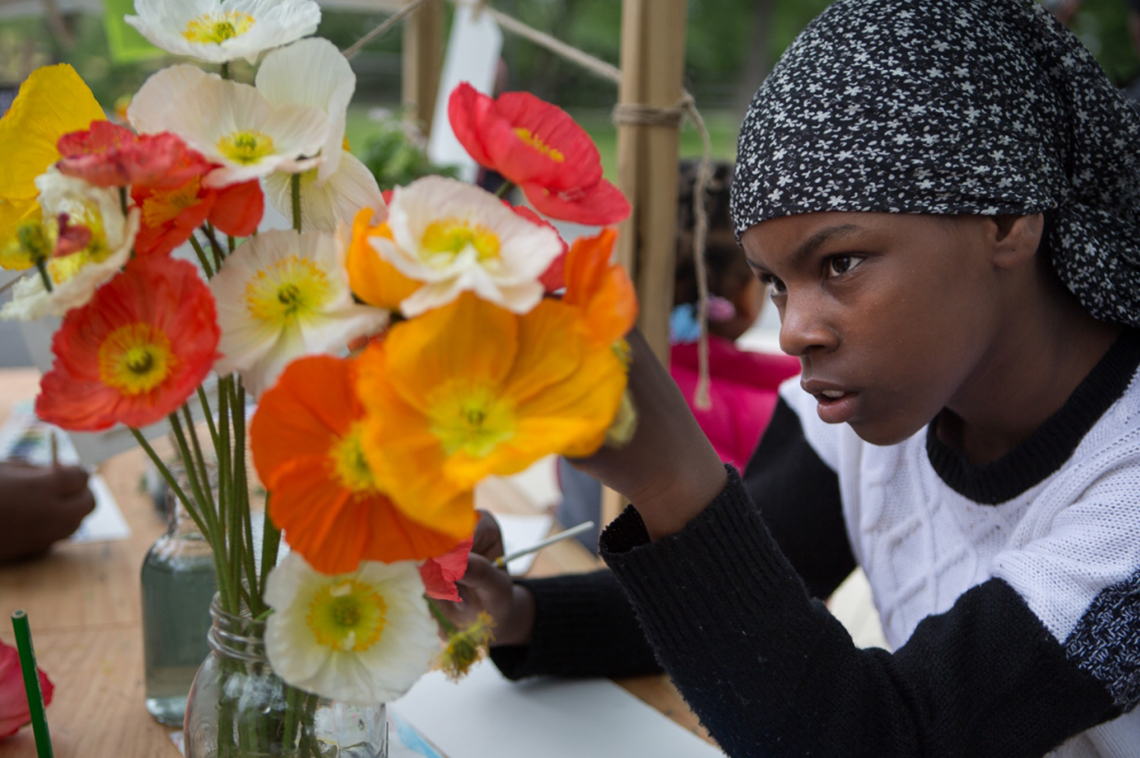

Over the past 7 years, we invested over $100M in supporting artists as allies in equitable community development. We were able to invest $87M in 279 creative placemaking projects in 208 communities of all sizes across the United States. We also invested $18M in six community development organizations, and developed a robust research program, looking at what happens when arts and cultural strategies are deployed towards community planning and development goals.
As a ten-year program that is ending in 2020, we’ve spent this last year analyzing the field of creative placemaking, what we’ve accomplished so far, and what’s needed next to best support the field beyond 2020. In partnership with Arizona State University, The Kresge Foundation, and the National Endowment for the Arts, we’ve been working with The Bridgespan Group and using their Strong Field Framework to gather a clear understanding of the current state of the creative placemaking field across this country. In fact, you may have participated in our field survey (thank you!). In addition to the survey, Bridgespan conducted a series of focused interviews with leaders of the field.
Their analysis concluded that the creative placemaking field in this country is “moderately strong.” They also found that over the last 7 years we have steadily developed a shared identity among a group of practitioners who would not have previously defined their work as being part of the same field; we have added both to a knowledge base and to standards of practice, and we have been able to identify, support, and engage leaders, practitioners, funders, and policy makers. Find out more about what we learned in this blog summary. So far so good, but they have also identified some broad areas of work where we need to pivot to be of most use to this growing field.
SO, WHERE ARE WE GOING NEXT?
We've already completed 4 in-depth field scans on Safety, Housing, Transportation and Environment, and we’ll be continuing to work with the six remaining sectors of community planning and development that we have already identified (Health, Agriculture and Food, Economic Development, Education and Youth, Immigration, and Workforce Development).
We’ll continue our partnerships with PolicyLink and our six Community Development Investment (CDI) organizations and continue to find venues to share this work.
Expanding Into: Arts and Culture
Our sector-specific research includes shared frameworks for how artists and arts organizations can partner toward community planning and development goals. This work needs to be repackaged and distributed specifically to audiences of individual artists, arts organizations, and local arts agencies. It is also likely that BFA, MFA, and arts management programs at colleges and universities would be natural partners.
Expanding Into: Comprehensive Planning & Development
This work is already underway with the work that PolicyLink has been doing with our CDI organizations. It also builds naturally upon our sector-specific research work. We plan to commission a field scan of local government to create a baseline of the ways that arts and culture is currently embedded, as well as the best (and worst) practices, the barriers, and opportunities. And to embed this work, we will partner with organizations which have education, knowledge, and trainings programs for their memberships in place.
Expanding Into: Higher Education
We’re interested in the higher education sector as a network that trains current and future practitioners, and also as a network of researchers who generate, analyze, and organize knowledge. Higher education will be a potential partner in everything that we do – disseminating arts and culture resources, community development sector-specific resources, and comprehensive resources. We will also incentivize research, as well as curriculum creation and sharing. We are interested in funding both research into specific projects and organizations (case studies), as well as studies that look at practices and trends relevant across multiple communities.
Strengthening and Empowering Local Ecosystems
Investing more than $100 million in local practice through the National Creative Placemaking Fund and through Community Development Investments, we have come to realize that there is certainly knowledge that can be gleaned at the national level and knowledge that is generally applicable when the arts and culture sector partners with other sectors. We’ve also learned that lasting change – to have these sorts of partnerships be standard operating practice and not just a grant-funded one-off – must happen on the local level, within an existing ecosystem. And for that change to take root on the local level, there must be local ownership of both the resources and the responsibility. To achieve that future, we are not continuing the National Creative Placemaking Fund and instead we will transfer funding in up to six geographies to strengthen the local ecosystems of creative placemaking.
Continuing the Conversation
At the ArtPlace 2018 Annual Summit (May 21-23), one of our sessions, The Creative Placemaking field and Artplace’s Strategic Contribution, led by Margy Waller, will invite all past and present funded projects, as well as leaders in the field to share thoughts on what the field needs to become stronger and create more opportunities for people to engage in working in this way. Field leaders including Arizona State University, The Kresge Foundation, the National Endowment for the Arts and the ArtPlace team are looking forward to hearing ideas and thoughts and will publish the results of these discussions on our blog. We also have a Facebook livestream to Executive Director, Jamie Bennett, speaking about the future of ArtPlace. Please join the conversation by commenting on this blog, on our Facebook page, or by emailing communications [at] artplaceamerica.org.





